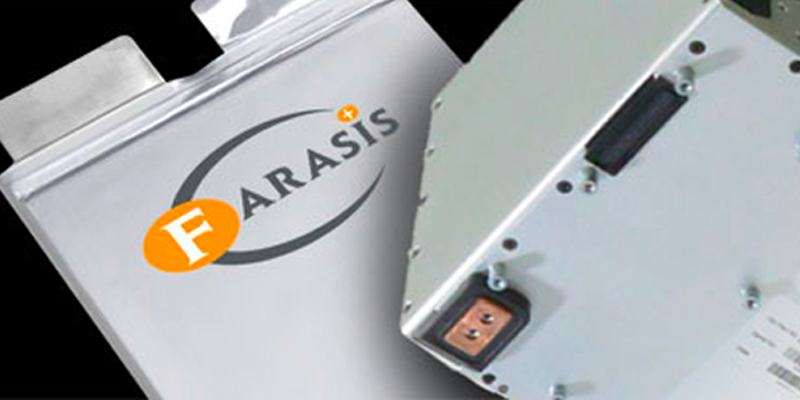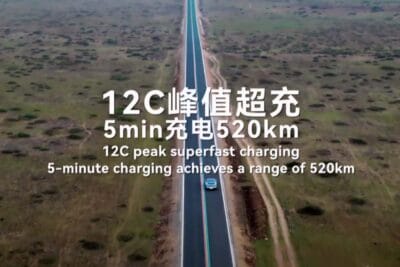Farasis announces new direct Li-Ion recycling process
The Chinese battery manufacturer and Daimler partner Farasis Energy says it has developed and validated a sustainable direct recycling process for lithium-ion batteries. The crystalline structure of the cathode material is to be preserved, which enables a cost- and energy-saving reuse of the material.
According to the company, it has now been possible to prove that recycled cathode material can be recovered from used cells or production scrap and integrated into new cells. In concrete terms, Farasis says it has proven that cells containing up to 25 per cent recycled cathode material can deliver equivalent performance to cells made exclusively from new cathode material.
Farasis sees great potential especially in the recycling of scrap from cell production: there, the efficiency of cathode recycling should be able to be increased to over 99 per cent. Since expensive materials such as nickel, manganese or cobalt are used in the cathode, the cost savings are particularly high here if the scrap can be recycled without major effort.
In the recycling processes that are currently being developed and some of which are already being used, the shredding of the battery is an important point. At the end of this multi-stage process, there is the so-called “black mass” – a powder that contains all the valuable battery materials. These are then chemically separated and processed in a hydrometallurgical process. From these powders, which are highly separated according to material, new cathodes for batteries can then be produced – with renewed energy input.
According to Farasis, the direct recycling process, on the other hand, enables “the direct and complete recovery of the high-quality cathode material in its original chemical and physical composition while preserving the crystal structure”. This means: the active material for cathodes is recovered intact and can be used directly again for the production of new lithium-ion cells. This saves the costly and energy-intensive path of separating the battery materials completely and then reassembling them.
One point that Farasis counts as an advantage could become a possible minus point for the process in practice: The chemical composition remains the same. So if a cathode with NMC811 material is recycled in this process, it will become an NMC811 cathode again. If, on the other hand, the cathode is broken down into its basic components, these can be recombined during resynthesis according to the then-current state of the art – for example, as a cobalt-free cell chemistry or as NCA with an additional aluminium component.
While flexibility is limited, costs and energy savings could outweigh this disadvantage, so that the process can still be effective. Farasis is convinced that this direct recycling is an important development. “Our goal is to develop a closed-loop value chain of the battery throughout its life cycle, from design to end-of-life management,” says Keith Kepler, CTO and co-founder of Farasis. “We have made significant progress towards this goal with the validation of our direct recycling process.”
One of the focus areas during development, according to Farasis, was the performance of the recycled material. For such a cathode material to be successful in the market, the properties and performance of the cells made from it must be comparable to cells made exclusively from virgin material. This has now not only been proven in internal tests, but according to Farasis also validated externally by a laboratory of the US Department of Energy.
A 2 Ah cell was tested over 600 charge and discharge cycles. The next step will be to validate the industrialisation of the cathode recycling process on a large scale. “With the clear goal of entering the recycling of cathode electrode scrap from cell production as quickly as possible,” says Farasis.
With reporting by Sebastian Schaal, Germany.
presseportal.de (in German)





0 Comments